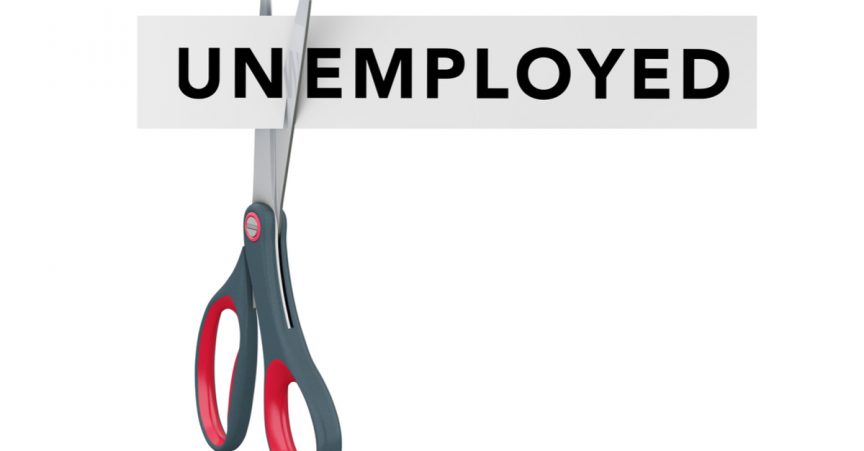The beginning of a new year is a fine time to take stock of where you are in your career and whether some changes might be in order. Is your job feeling stale and unchallenging compared to your growing skills? Maybe your company isn’t boosting its salary and benefits to match the improving economy. In either case, January is a great time to take a personal job satisfaction inventory and see what’s new in the labor market. But first, it helps to understand current macroeconomic conditions before you leap into that next great opportunity. Here’s the latest, taken from the Bureau of Labor Statistics’ (BLS) November employment report:
- Currently, the unemployment rate is 4.1% (ostensibly, “no unemployment”), down from 4.6% at the same time last year. Black and Hispanic jobless rates have also declined, increasing opportunity across all demographics except for teenagers aged 16-19, possibly a result of the impact of higher minimum wages. Part-time employment decreased, while full-time worker hours increased, meaning more people were able to find full-time jobs.
- Although there were several predictions of wages rising by 3% in 2017, average hourly earnings rose only by 2.5 percent. Most analysts predict raises of about 3% for 2018, but with the inflation rate at 2.2%, a bump of .08% is nothing to cheer about. The good news is that fewer available workers mean greater competition in the labor markets for those that are highly skilled and qualified. So far, companies have focused on rewarding managers and shareholders, but if the House tax plan passes its corporate tax rate of 20% effective 2018, expectations are that lower costs should begin to transfer over to higher wages.
- What were the hot industries for 2017? Employment leaders were professional and business services (548,000 jobs), manufacturing (31,000), health care (30,000) and construction (132,000 jobs likely resulting from disaster recovery). Top educational skillsets to take advantage of these human-factor jobs are writing and communications (critical thinking), and math and science (analysis). Most of these jobs will require a college degree.
- The U.S. saw lukewarm or flat growth in mining, wholesale trade, retail trade, transportation and warehousing, information, financial activities, leisure and hospitality, and government. In a previous blog on automation, we explored how workers in many of these industries should be prepared to update their skills as technologies such as driverless cars, retail order and pay tablets and apps, and automated packaging and shipping systems replace skilled labor in favor of next-generation workers.
Nothing is as certain as change, so to ensure that you don’t get left behind, it is important to pay attention to global and macro changes. Agility – the power to adapt quickly to changing times, and knowledge – paying attention to local, state, and national factors that could affect you, are what can make the difference between an unfulfilling job and finding an exciting and successful career opportunity.
If you think you are stuck in a job rut, but need some guidance about where to go next, contact the professionals at Partnership Employment. There is a friendly expert who keeps track of industry growth, employment trends, and local opportunities, waiting to help you reignite your career. Contact them today to discuss what’s next for you in 2018.
Related Partnership Employment Blogs:
Not Getting Hired? Time to Check Your Writing!



